Here's one way to build more stroke time into your program. Every third week during your base building period, focus on swimming. Try to get anywhere from 3 to 5 swim sessions in during that week. In the other two weeks try to maintain anywhere from 60 to 75 percent of your training volume from the week you focus on swimming.
That means that during your swim focus week you might swim five times but they might be sessions of 45 minutes. During your non-swim focus weeks get in the water at least twice for an hour to an hour and 15 minutes. That will allow you to maintain your swim fitness at the current level and focus on your bike or run that week.
More: 12-Week Swim Workout Plan for Sprint Triathlons
Performance Through Dry Land Training
Not all swim training has a place in the water. You can use stretch cords to improve your swim specific strength and hone your stroke technique. Get in the habit of using your stretch cords for a few minutes every day and especially before you leave for the pool to warm up your muscles.
Make sure you break the stroke down (the catch, pull, and finish) and practice perfect technique. Complete the session with 50 to 100 full stroke repetitions. If you want to get the most out of these sessions stand on a Bosu or a couple of pillows so you engage the lower half of your body. Do this consistently and you'll get measurable serious gains in less time.
More: 4 Ways to Improve Your Swim Technique
Use Your Imagination to Gain an Edge
Visualize yourself being under control and relaxed at the beginning of the swim on a regular basis in the weeks and months leading up to the race. The best way to do this is to write out the ideal scenario as you'd like it to happen. Then read it over until you can close your eyes and easily imagine being there. The more sensory information you can build in, such as the feel of the water or the sound of the crowd, the better.
It's a good idea to incorporate some bad things, such as getting kicked or having your goggles knocked off, and see yourself using your breath to stay calm and relaxed while you handle the situation and then go on with your day.
If you follow these three steps there's no guarantee that you won't have an incident during the swim. But there's a very good chance that whatever happens you can handle the situation calmly. Remember triathlon racing is a voluntary endeavor. Show up on race day prepared for the challenge and enjoy the day. Because if you aren't having fun, what's the point?
More: 5 'I Can't Do a Triathlon' Myths Busted
 Search for your next triathlon.
Search for your next triathlon.
- 2
- of
- 2
About the Author

Get ACTIVE on the Go


Meet Mobile
Swim smarter: heats, lane assignments and real-time results in the palm of your hand.
Available for iOS | Android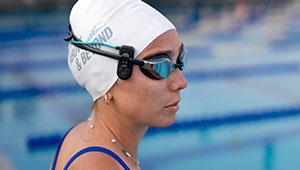
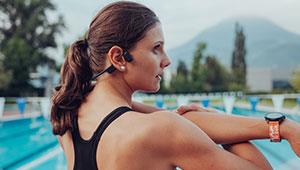
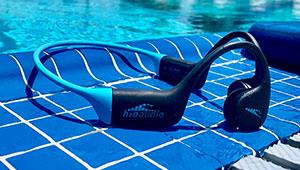

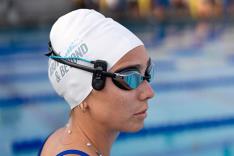

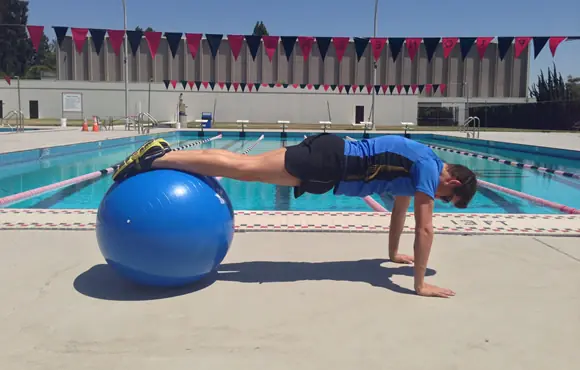

Discuss This Article